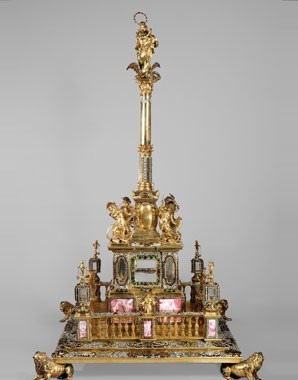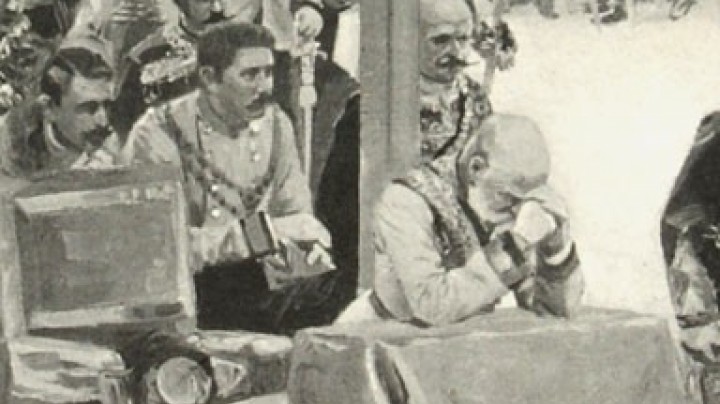New spirit in old buildings: religious houses in the Baroque era
The blatant abuses in the monastic system were crying out for reform: in the sixteenth century it seemed almost as if the ancient monastery foundations established in the Middle Ages were on their way out. It was only through the support of the Habsburgs that Austria once again became famed for its wealth of monastic foundations.
The Habsburgs saw themselves as protectors and patrons of the Catholic Church and derived from this the right to reorganize the monastic system, which was in a state of moral and infrastructural stagnation, according to the prescriptions of the Counter-Reformation.
And there was urgent need for action: the old orders of the Benedictines, Cistercians, Augustinian Canons etc., had lost their leading role in education. Doctrinal deviations held sway among the members of the orders, the majority of whom tended to be indifferent to the doctrines of the Catholic Church. The economic foundations of the monasteries – so richly furnished with landed property in the Middle Ages – had collapsed, and monastic assets were in a lamentable state as a result of mismanagement. But the worst aspect was the discipline within the monastery walls; in their visitation records: commissioners reported cases of monks and nuns who lived a far from God-fearing life, married and unmarried, some with children, legitimate or illegitimate.
It took decades for the reforming precepts of the Council of Trent to be put into practice as there was a lack of well-educated clergy who could live up to the new principles. Only with massive support from the Habsburgs did the monasteries succeed in overcoming this long barren period.
Once the consolidation had finally been achieved, surviving medieval monastic buildings such as Melk, St Florian and Kremsmünster were rebuilt and arose as symbols of regained power. The Baroque building boom took on gigantic dimensions, and frequently the all too ambitious remodelling projects, such as those at Göttweig or Klosterneuburg, were abandoned, half-finished.
However, the Habsburg sovereign princes did not act solely out of the fear of God in their dynamic support of the monasteries. Many monasteries and foundations with large holdings of property had a seat and vote in the regional diets and were thus not to be underestimated as a political factor; the sovereign prince could rely on them far more than on the nobility. And in times of crisis, when the imperial coffers were empty yet again, the Habsburgs could avail themselves of ecclesiastical assets.
The close ties of the monasteries to the Habsburg sovereigns were visible in the ‘Kaisertrakte’ and ‘Kaisersäle’ – the imperial wings and halls, which, after the monastery churches, formed the costliest parts of a Baroque monastery. These areas served only ostensibly as quarters for the Imperial Court when it was on the move; they were first and foremost intended to manifest symbolic presence. The imposing architecture and décor were subject to an ideological programme the aim of which was to glorify the dynasty.


















